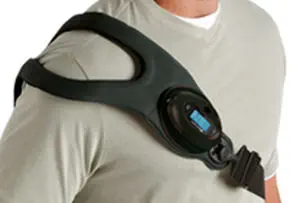The PhysioStim™ device provides a safe, non-invasive option for treating fractures that are difficult to heal.With an overall clinical success rate of 80 percent (up to 88 percent for fracture gaps less than 3mm), PhysioStim devices have high success rates for treating nonunion fractures. The device assists in fracture healing by delivering a pulsed electromagnetic field (PEMF) signal to the targeted fracture site.
The PhysioStim device has been approved by the FDA for the treatment of nonunion fractures.1,2 A nonunion is a fracture that has shown no visible signs of healing. For complete prescribing information, please refer to the Instruction Manual.

* STIM onTrack mobile app is available as an accessory for US model devices only
The PhysioStim device is indicated for the treatment of an established nonunion acquired secondary to trauma, excluding vertebrae and all flat bones, where the width of the nonunion defect is less than one-half the width of the bone to be treated. A nonunion is considered to be established when the fracture site shows no visibly progressive signs of healing.

Use of this device is contraindicated where the individual has synovial pseudarthrosis.

See Patient Manual for additional product labeling information
*Money back guarantee does not apply to wholesale orders.